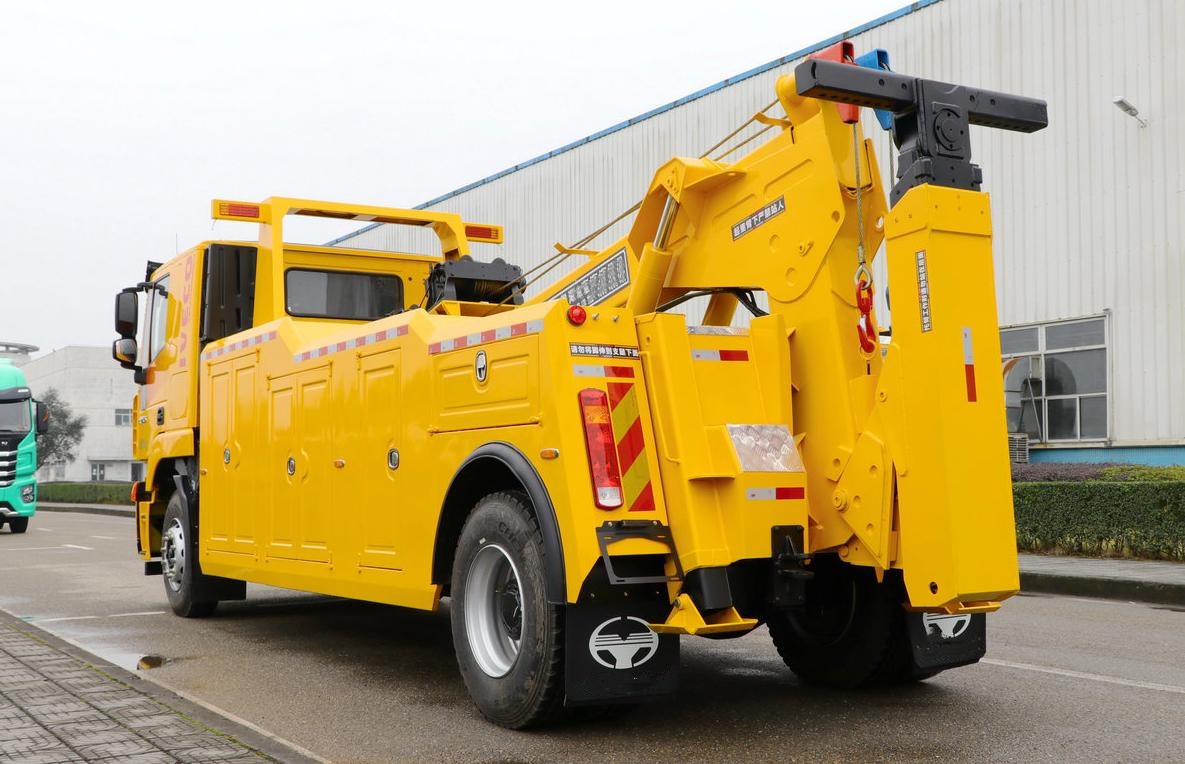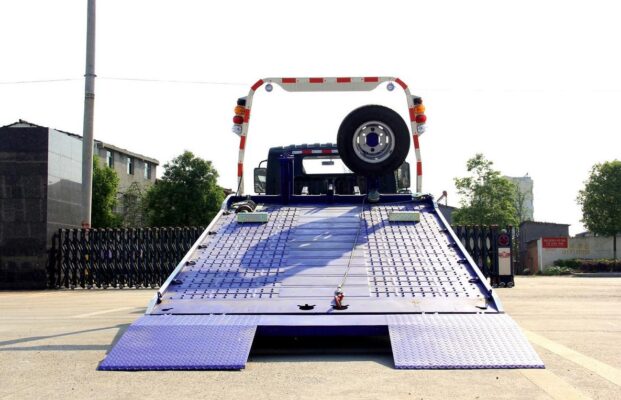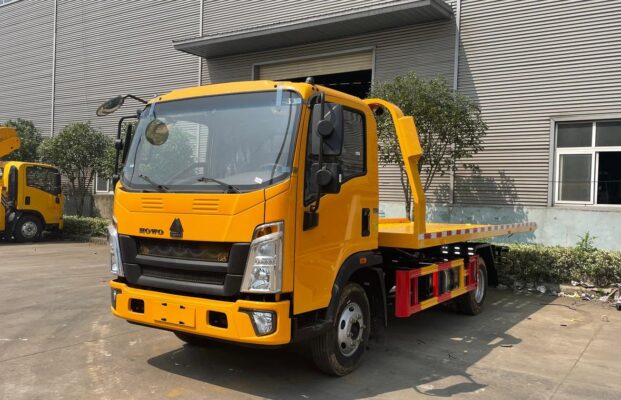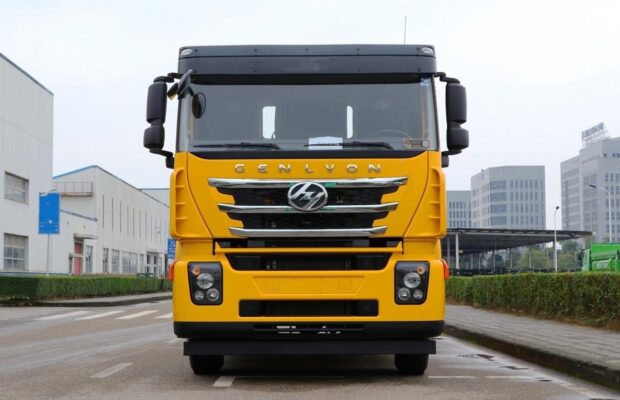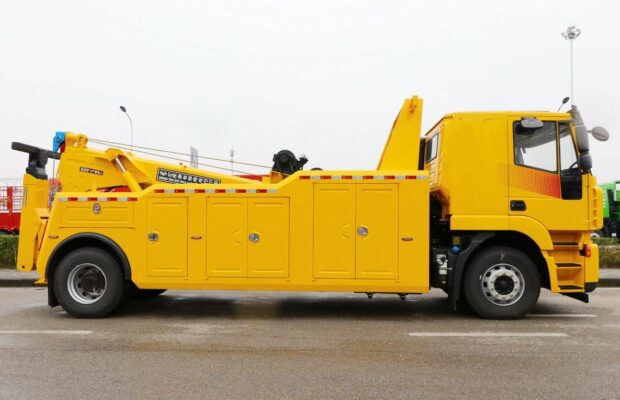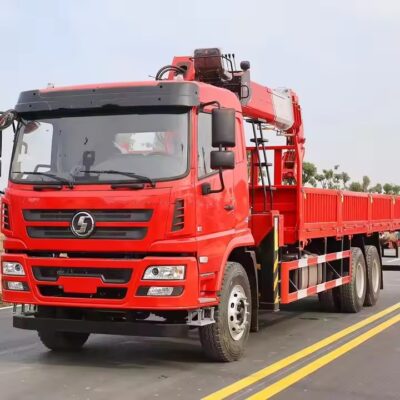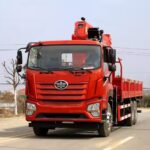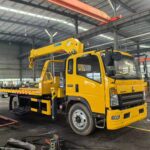Tower cranes are a fundamental component of modern construction, playing a vital role in the efficiency and safety of building projects. Given their tall, upright structures and intricate designs, the proper installation and acceptance of tower cranes are of utmost importance. Any oversight in this process can lead to catastrophic accidents, potentially resulting in loss of life and significant property damage. Recent tower crane collapses in Shenzhen have highlighted these concerns, raising alarm about safety standards and practices within the industry. This article discusses the critical aspects of tower crane installation and acceptance, emphasizing the need for stringent safety management practices to prevent accidents.
The Importance of Safety Management in Tower Crane Operations
The safety of tower cranes is paramount due to their operational complexity and the risks associated with their height and load-bearing capacity. Over the years, Shenzhen’s construction sector has witnessed numerous accidents attributed to safety oversights, including unauthorized operations, improper installations, and negligent usage of equipment. To address these challenges, it is essential to enhance the management and oversight of tower crane installations, ensuring adherence to safety regulations and operational standards.
The installation and acceptance of tower cranes should comply with established guidelines, such as the “Safety Regulations for Tower Cranes in Construction” (GB5144-94) and the “Safety Inspection Standards for Construction” (JGJ59-99), alongside the specific operational manuals provided by the manufacturers. A systematic approach to safety management, considering the unique conditions of each construction site, is necessary to safeguard against accidents.
Key Considerations for Installation and Acceptance
1. Strict Tower Crane Registration and Filing System
Before any tower crane can be installed, it must be registered and filed with the relevant safety supervision department. Construction units are responsible for ensuring that all cranes have the necessary production licenses and product quality certificates. Using unregistered cranes or those lacking proper documentation is strictly prohibited. This initial step is crucial in preventing the use of substandard or poorly manufactured cranes that could compromise safety.
2. Compliance with Annual Technical Inspections
Tower cranes, like all heavy machinery, require regular technical inspections and testing to ensure their operational integrity. Every crane must undergo annual inspections and testing by qualified entities, with special attention given to those that have been recently installed. If any crane fails an inspection, it must be shut down immediately for rectification and can only be put back into operation after passing a subsequent inspection. This protocol is essential to prevent the operation of cranes with faults or hidden dangers that could lead to accidents.
3. Qualified Installation and Dismantling Teams
Only qualified teams should perform the installation and dismantling of tower cranes. These teams must have the necessary qualifications and experience, ensuring that all personnel involved are certified for their specific roles. Workers engaged in these tasks should undergo safety technical briefings to reinforce safety practices and procedures. A unified command structure is vital to coordinate efforts and minimize risks associated with improper commands or reckless behavior during operations.
4. Development of a Detailed Construction Plan
Before any installation, jacking, or disassembly work begins, a scientifically sound construction plan must be developed. This plan should detail all aspects of the operation, including:
- Preparation Bases: Assessing the site and preparing it for the crane’s foundation.
- Personnel Allocation: Clearly defining roles and responsibilities for all team members.
- Equipment and Rigging Requirements: Identifying necessary tools and equipment for the task.
- Foundation Design: Designing the crane’s base and bracing systems to ensure stability.
- Safety Measures: Outlining procedures to maintain balance during operations and prevent accidents.
A thorough and well-structured construction plan must be executed strictly in accordance with approvals from relevant departments to ensure compliance and safety.
5. Post-Installation Testing and Acceptance
Upon completion of the installation, the tower crane must undergo a rigorous testing and acceptance process. This involves on-site debugging and thorough inspections to verify that the crane is functioning correctly and safely before it can be used for construction activities. The acceptance process should include:
- Item-by-Item Checks: Conducting detailed inspections involving the construction unit’s equipment department, safety department, installation team, and project managers.
- Technical Inspections: Carrying out no-load tests and load tests to ensure the crane can operate under expected conditions safely.
- Wall Attachment Evaluations: Ensuring that any attachments to walls or structures are secure and maintain the verticality of the tower.
6. Comprehensive Equipment Management Systems
Establishing a robust equipment management system is vital for the ongoing safety of tower cranes. This includes:
- Maintenance and Repair Protocols: Creating a system for regular inspections, routine maintenance, and urgent repairs to address any potential issues promptly.
- Operational Records: Keeping detailed records of crane operation and maintenance to track performance and identify potential problems early.
Pre-installation inspections should focus on critical components, including steel structures, lifting mechanisms, hydraulic systems, and safety devices, ensuring that each crane is safe and reliable for operation.
7. Implementation of a Responsibility System
A designated responsibility system must be established to assign specific personnel to particular cranes, ensuring accountability. This system should include:
- Operator Training: Ensuring that drivers and signalers receive comprehensive training and obtain the necessary safety and operation certifications.
- Adherence to Safety Protocols: All personnel must follow established safety regulations, including the “ten prohibitions for lifting,” to avoid illegal commands or unsafe practices.
8. Compliance with Foundation and Wall Attachment Specifications
The foundation and wall attachments for tower cranes must adhere strictly to the specifications outlined in the crane’s operating manual and installation plan. Key considerations include:
- Foundation Requirements: Ensuring the foundation can support the crane’s load and prevent overturning.
- Wall Attachments: Installing secure and accurately positioned wall attachments that comply with verticality requirements.
When project constraints hinder meeting standard requirements, enhanced technical measures should be adopted to ensure safety.
9. Assurance of Key Safety Devices
Safety devices such as torque limiters, weight limiters, height limiters, and other operational controls must be fully functional and reliable. During acceptance testing, these devices should be rigorously evaluated against specific criteria, with quantifiable measures for acceptance. It is crucial to avoid any modifications to safety settings post-acceptance without following proper procedures.
10. Installation of Comprehensive Safety Devices
The crane must be equipped with essential safety devices, including:
- Hook Safety Devices: Ensuring all hooks are fitted with anti-loosening mechanisms to prevent accidental disconnections.
- Access Ladders: Providing secure access points with protective rings to ensure safe entry and exit from the crane.
11. Dedicated Electrical Systems
Tower cranes must have a dedicated electrical box featuring isolation switches and leak protectors to ensure electrical safety. The grounding and insulation resistance of these systems must meet regulatory standards, and cables must be secured and intact to prevent accidents.
12. Collision Prevention Measures
When multiple cranes operate on the same construction site, effective measures must be taken to prevent collisions. Key practices include:
- Distance Regulations: Maintaining a minimum distance between cranes to prevent interference and collisions.
- Clear Communication: Establishing strict communication protocols between crane operators and command personnel to avoid confusion and accidents.
13. Comprehensive Technical and Safety Documentation
The documentation for tower cranes must be thorough and accessible, including:
- Production Licenses and Quality Certificates: Documentation proving compliance with manufacturing and safety standards.
- Operational Manuals and Maintenance Records: Keeping track of all operational procedures and maintenance activities.
- Acceptance Certificates and Inspection Reports: Providing evidence of compliance with safety inspections.
These records must be readily available for review to ensure transparency and accountability in crane operations.
Conclusion
Ensuring the safe installation and acceptance of tower cranes is a critical responsibility that requires meticulous planning, rigorous adherence to regulations, and comprehensive training of personnel. By implementing a detailed management framework, emphasizing safety, and fostering a culture of accountability, construction units can significantly reduce the risk of accidents associated with tower cranes.
All construction stakeholders must commit to these safety measures and establish clear guidelines for the operation and management of tower cranes. By elevating safety standards and enforcing regulations, the construction industry can strive towards a future where the risks associated with tower crane operations are minimized, ultimately leading to safer work environments and improved project outcomes.

